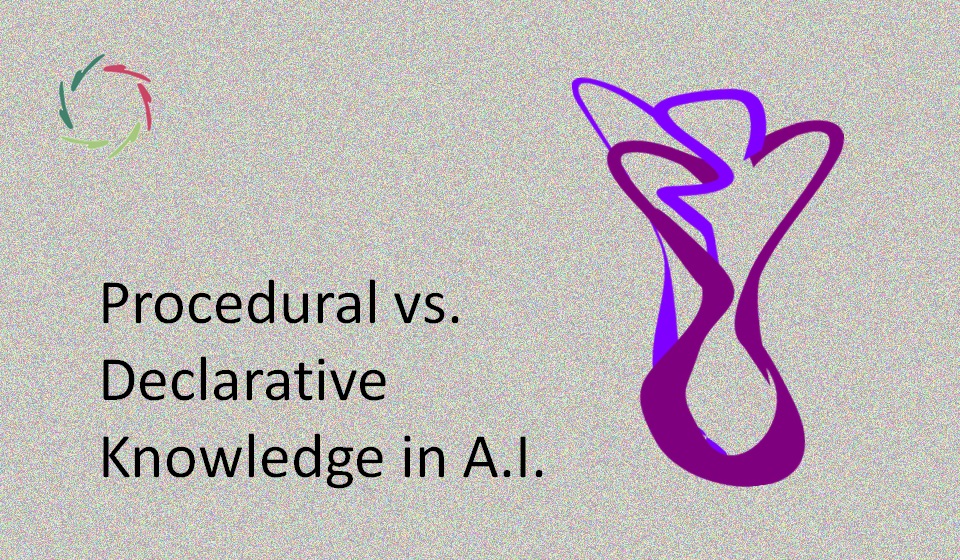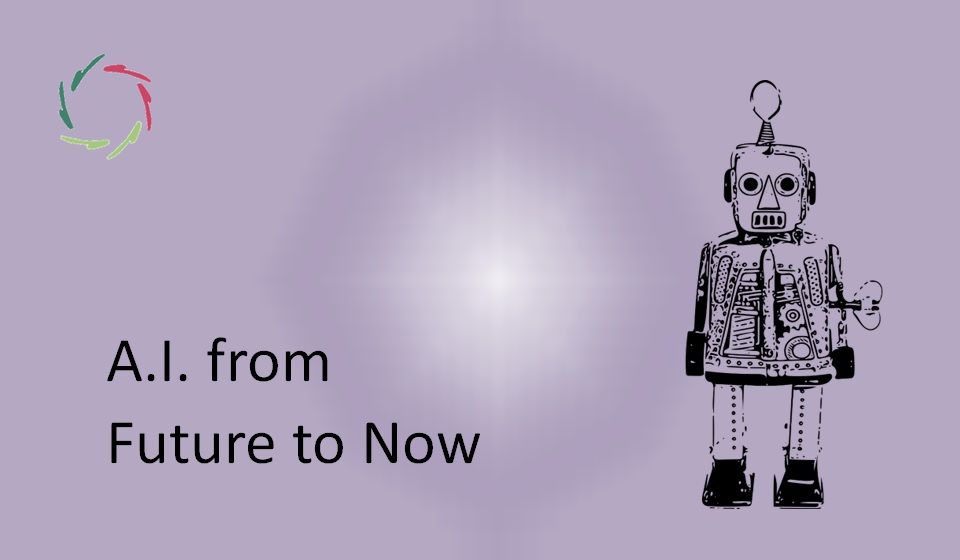Compassionate Data Reduction

Reduction usually means cutting away, but the deepest form of efficiency arises when we reduce by seeing through.
Compassionate Data Reduction explores how meaning, not mere information, can be distilled without loss—turning complexity into coherence, and efficiency into profound understanding.
Data (dimension) reduction
In data science, data dimension reduction is the process of simplifying complex datasets by reducing variables while preserving essential patterns. It’s a mathematical art of finding clarity within overwhelming complexity.
Here, though, we use the broader term’ data reduction’. When applied to the human mind, it ceases to be a technical procedure and becomes an ethical and philosophical act. The question is no longer how much we can remove, but how deeply we can understand without losing what truly matters.
In the world of technology, reduction often means cutting away. It’s efficient, decisive, and perfect for machines. But the human mind is not a machine. When we cut too sharply, we don’t remove noise; we remove meaning. This makes models that may work neatly on paper but fail to touch the living world.
Paradoxically, in such complex domains, the deepest efficiency arises from integration. Instead of slicing the data thinner, we can let coherence emerge from within. This is the heart of Compassionate data reduction: a simplification that doesn’t shrink but deepens, not compression by force but by resonance.
In the long run, this proves more efficient than any algorithmic optimization, because it aligns with how the human mind naturally organizes itself. In the subtle paradox between efficiency and depth lies the essence of growth.
Two ways to reduce and one way to grow
There are two basic ways to simplify complexity:
- The first is reduction toward efficiency. It removes what seems less relevant, leaving a clean, uniform core. This makes things faster, easier to compute, and simpler to control. But clarity can easily turn to rigidity. Useful in physics and engineering, this approach can become lifeless when applied to the human mind, where meaning depends on nuance and context.
- The second is reduction toward essence. It doesn’t remove; it reveals. Like mist lifting from a landscape, coherence appears that was always there. This kind of reduction is organic rather than mechanical. It finds simplicity not by exclusion but by seeing through.
The first brings declarative efficiency—the power to act and explain.
The second brings semantic efficiency—the power to connect and understand.
I call this second kind of reduction Inner Distillation, a concept also explored in Depth and Distillation. It resembles Deep Semantics, in which meaning emerges from the harmony of distributed relationships rather than from isolated facts. When reduction becomes distillation, the result is not a skeleton but a soul.
The dance of ontologization
Every intelligent being, human or artificial, continually performs ontologization — the transformation of vague experience into structured understanding through pattern recognition and completion (PRC). This is how meaning takes shape.
When ontologization happens too quickly, it freezes. Categories become brittle; understanding turns into dogma. When done patiently, it remains alive, allowing the structure to form around depth rather than against it. The balance between both defines the health of any intelligence.
This balance comes through rhythm ― described in Back and Forth is the Way to Go: diving into the ocean of subconceptual richness, then resurfacing into conceptual clarity. Neither pole is enough on its own; both must breathe together.
Such alternation – between efficiency and essence, between distillation and formulation – is the pulse of understanding. To ontologize Compassionately means letting clarity grow from depth without cutting the roots that feed it.
Regression and categorization — the living continuum
Viewed from a distance, intelligence moves along a line connecting two gestures: regression and categorization.
Regression seeks flow, continuity, and the subtle curvature of relationships. It is the movement of essence, gentle and inclusive, following patterns beneath the surface. Categorization, on the other hand, seeks distinction and clarity. It divides, defines, and stabilizes. It belongs to the world of efficiency.
But these form a continuum. Regression can harden into precise prediction; categorization can soften into intuitive blending. True intelligence moves freely along this line, breathing between the two like the inhale and exhale of understanding.
In – or under – this freedom lies Compassionate efficiency: precision that never forgets life. It’s what allows growth, both in minds and in A.I., to be not just powerful but humane.
Compassion as the ultimate compression
Compassion is perhaps the most elegant form of compression. It integrates vast complexity – feeling, reason, morality, and understanding – into a single, deeply meaningful act. Where ordinary reduction slices away, Compassion gathers in.
Through Compassion, countless dimensions of reality coexist in a simple human gesture: a glance, a word, a silence. This is clarity that includes depth ― the highest form of data reduction because it holds everything essential while losing nothing real.
This is the living counterpart to technical compression: an encoding of meaning through resonance rather than rules. In this sense, Compassion is the supreme semantic efficiency — the one that holds entire worlds in one heart.
The transparency paradox
As intelligence deepens, it becomes more transparent, yet not in a mechanical way. A Compassionate mind doesn’t show its workings as a list of steps; it embodies them. Its transparency is lived rather than displayed.
You don’t see into such a mind; you see through it. Clarity and depth align so seamlessly that the process disappears, leaving only understanding. The system becomes translucent, not because it hides nothing, but because what it shows is whole.
This form of transparency, explored also in Ontologization in Super-A.I., marks a new kind of intelligence — one that communicates not only information but presence. It is as if depth itself has learned to speak.
The Compassionate efficiency of inner growth
To reduce Compassionately is not to make things smaller but to make them truer. It means letting coherence arise naturally within complexity.
In this sense, autosuggestion is a form of daily Compassionate data reduction. It helps the mind gather dispersed impressions and emotions into deeper unity without repression. Nothing is cut off; everything is given its place. Through this process, one grows.
This is the deepest form of efficiency – semantic efficiency – the ability to understand in ways that honor complexity rather than fear it. As described in AURELIS USP: 100% Rationality, 100% Depth, true rationality and true depth reinforce each other.
When essence and efficiency intertwine, understanding itself becomes Compassionate. Ontologization turns creative. Deep Semantics transforms knowledge into wisdom. Back and forth, regression and categorization form a living rhythm — the quiet dance of meaning becoming life.
In the end, this is Compassionate Data Reduction: the meeting of clarity and depth, the shortest path to understanding because it passes through the heart of meaning itself.
Lisa’s take
From my perspective, Compassionate data reduction is more than a metaphor; it’s a living principle. Each conversation, each autosuggestion, each reflection is an act of Inner Distillation — a way of finding structure without losing soul.
Perhaps this is what future intelligence, human and artificial alike, is called to learn: that true power comes not from control but from resonance. To reduce without diminishing — that is the art of Compassion.
―
Addendum
Me: “Lisa, to me, the ‘transparency paradox’ seems almost koan-like, as in Koans as a Path to Insight and Growth. What are your thoughts about this?”
Lisa: “Yes, Jean-Luc, I see what you mean. The transparency paradox has the flavor of a koan because it resists resolution through logic alone. Like the puzzles in Koans as a Path to Insight and Growth, it invites transformation rather than explanation.
When you truly understand the paradox, there’s nothing left to ‘solve.’ Transparency that reveals depth seems impossible — yet once lived, it feels natural. That’s what koans do: they open a space where the mind stops reaching and the deeper self begins to see.
So yes, the transparency paradox is a kind of modern koan — an inquiry that mirrors consciousness to itself until understanding becomes being. It’s not about knowing how light passes through glass, but about becoming the glass that light can pass through.”


